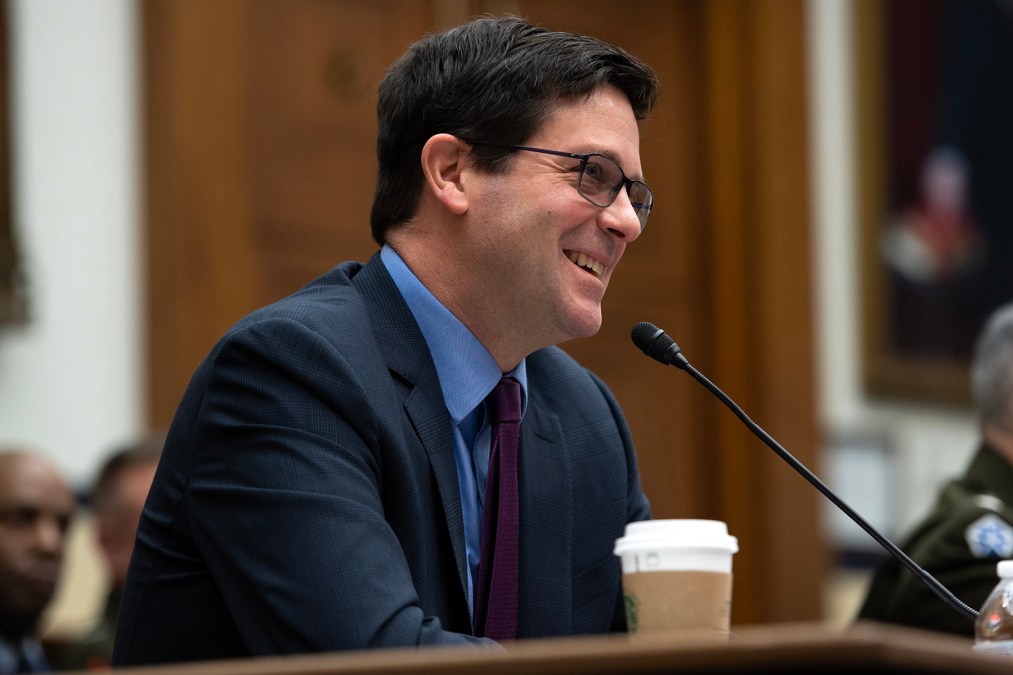Space policy chief urges DOD to solve over-classification issues for commercial integration

On the heels of the Pentagon’s recent Commercial Space Integration Strategy, the head of space policy at the department said officials are still working through security classification barriers that make it difficult for the military to work with commercial companies.
The Department of Department released a new strategy this week that looks to improve how the DOD leverages and integrates technology from the commercial space sector for some mission sets. The document emphasizes that effectively working with industry requires a conceptual shift away from legacy practices and the elimination of “structural, procedural, and cultural barriers.”
A key challenge moving forward for the department will be its ability to grant and facilitate classification access to commercial firms that are trying to work with the government, John Plumb, assistant secretary for space policy, said Friday during a meeting with reporters hosted by the Defense Writers Group.
“We have to start knocking those things down. I think I’ve helped lead the way on that, but it’s not enough to open the floodgates,” Plumb told DefenseScoop.
Plumb, who is exiting his role at the Pentagon at the end of April, has been a staunch supporter of reducing over-classification issues at the department. In January, his office updated its classification policy on space programs, essentially rewriting decades-old practices that were inhibiting how the DOD worked with outside partners.
“What things are classified due to policy concerns — I believe that problem is solved,” he said. “But issuing the policy didn’t change anything overnight. The services are still going to have to work on bringing things out of higher levels of classification down to things that are more reasonable.”
One notable part of the new commercial integration strategy is the department’s commitment to increase information-sharing on potential threats. The strategy specifically highlights space domain awareness and cybersecurity threats across various classification levels.
“The Department will work to mitigate barriers including overclassification, clearance processes, and cleared facility access to establish scalable procedures for unclassified communications with the commercial space sector,” the document states.
Plumb noted that because the National Security Agency is further along in its ability to provide actionable intelligence on cybersecurity threats to commercial entities, it is possible that the Pentagon could provide that data via the NSA in some cases.
However, it’s a different problem set for space domain awareness information, he told reporters.
“For the specific space threat — ‘Here’s a physical threat to your systems located in this country that you need to be aware of’ — we’re working through that, and I don’t want to pretend like we’ve solved it,” Plumb said.






